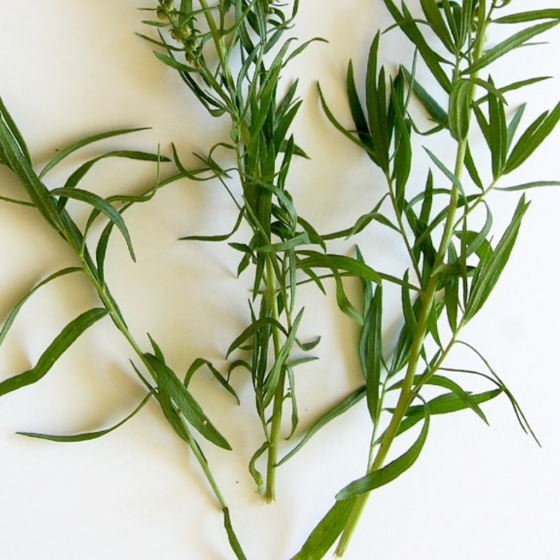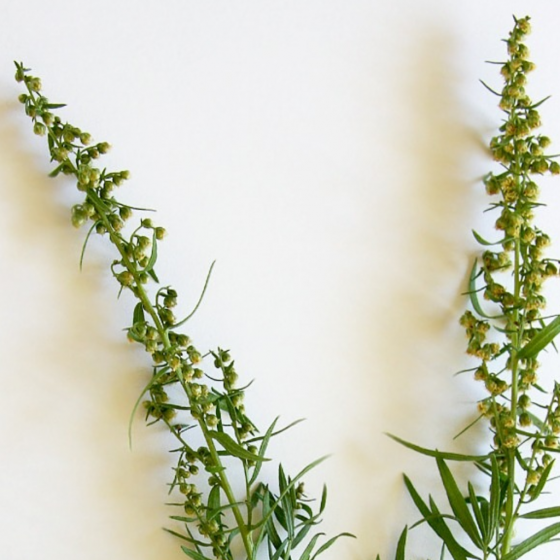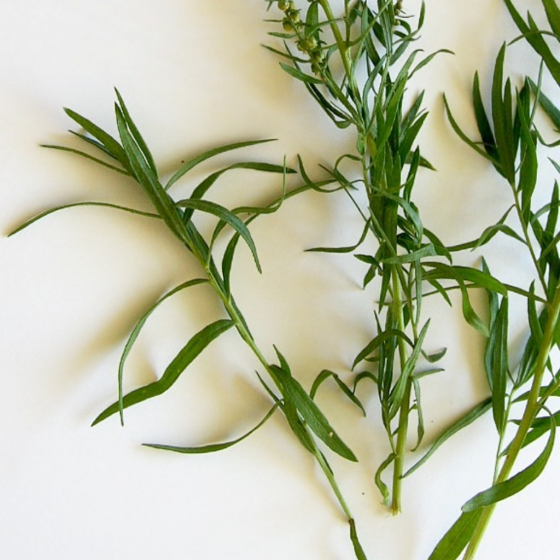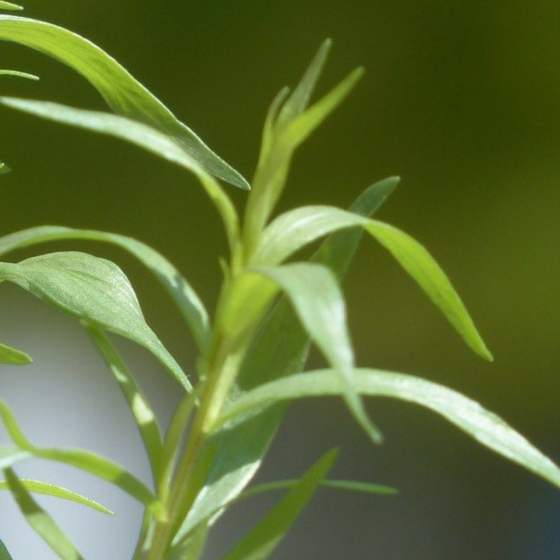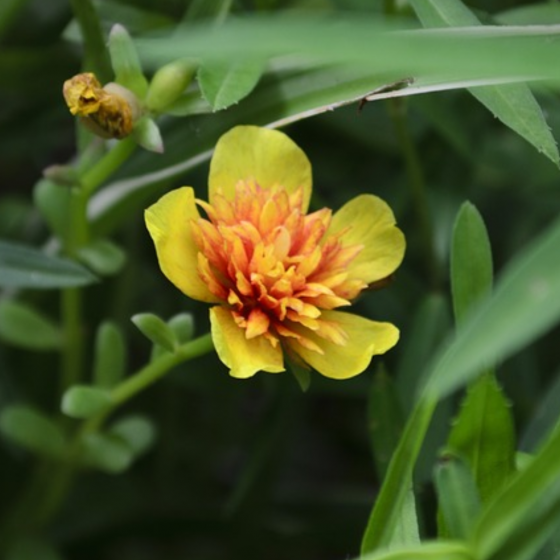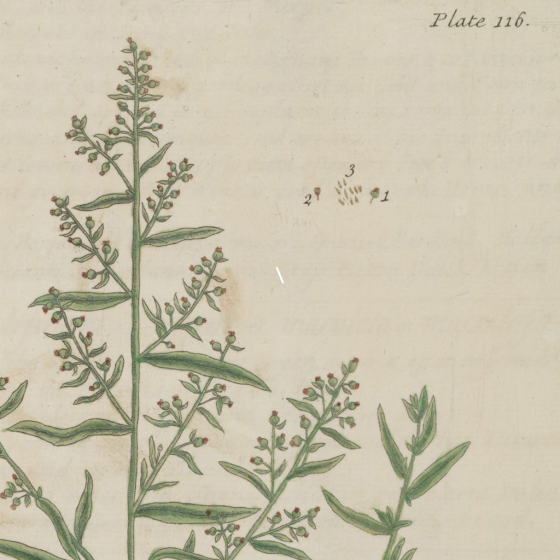Did You Know Tarragon is an Artemisia?
Like all plants in the Artemisia ("AR-tah-MEE-zee-ah") genus, Tarragon (Artemisia dracunculus) casts a gray and silvery foliage (although these pictures don't reflect that.)
Artemisia's were sacred to Artemis, and there are over 180 species - all of them are ornamental, most are medicinal, and of course, some are culinary.
Tarragon is quite a graceful plant when it is fully grown. Never demanding, Tarragon can stand some shade and a heavier soil - so growing Tarragon in clay is not a problem.
French Tarragon has a subtler aroma and flavor compared to Russian Tarragon. Tarragon has a sweet taste with hints of anise.
And, here's a fun fact: Tarragon is an integral part of dijon mustard.
The tender, fresh stems of Russian Tarragon can be cooked and eaten like asparagus.
And Tarragon tea stimulates the appetite, especially when it has been lost due to illness.
Another benefit of Tarragon tea is as a sedative. So, drink Tarragon tea to help at bedtime or with hyperactivity.
And, here's something valuable to remember about Tarragon: the flowers generally do not produce viable seed. So, you have to propagate Tarragon through root cuttings, rhizome sprouts, or stem division.
As an example, the French Tarragon commercial growers dig it up in the fall after all the foliage has been harvested.
Then they cut the roots into short pieces... More Tarragon!

